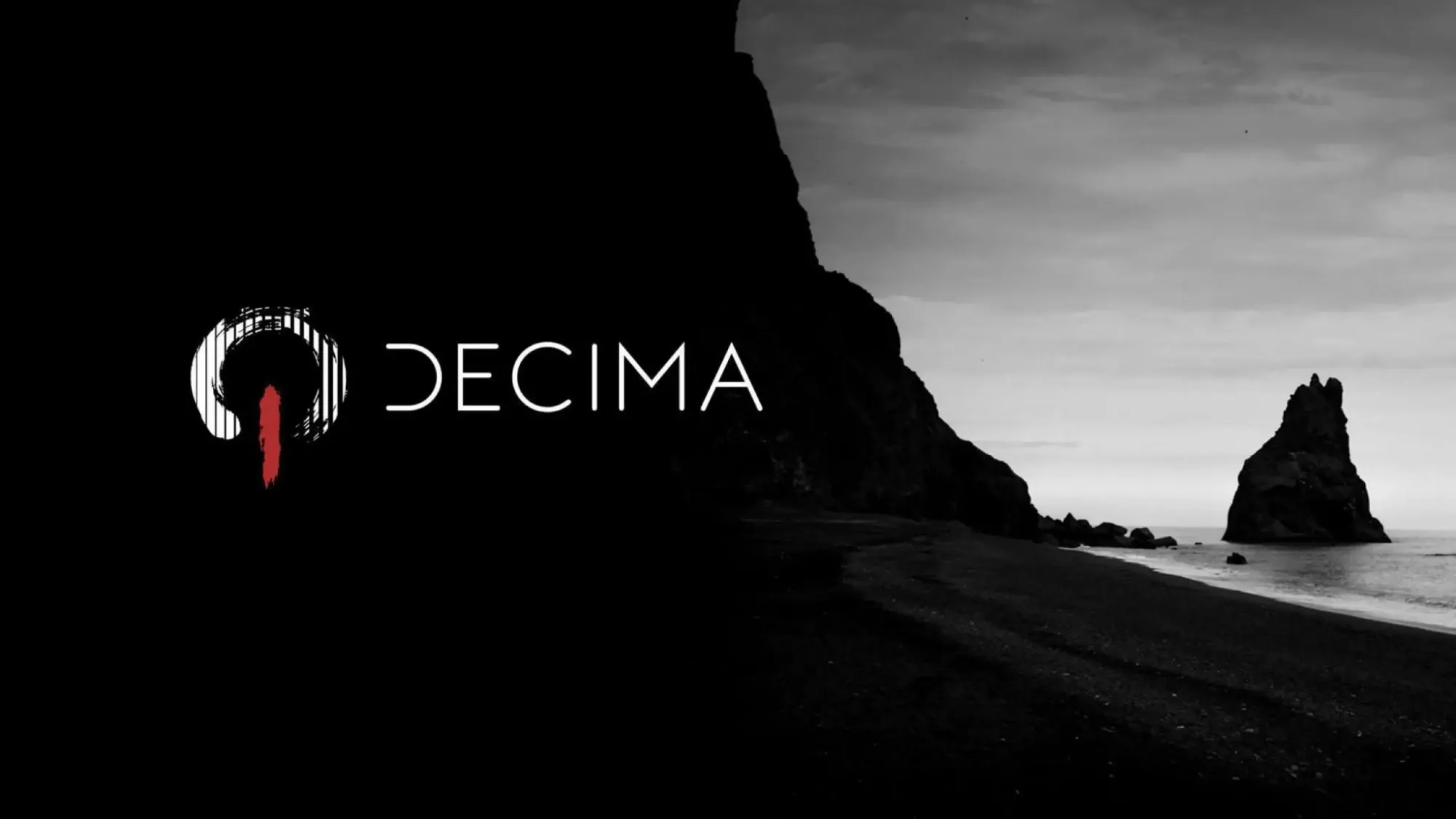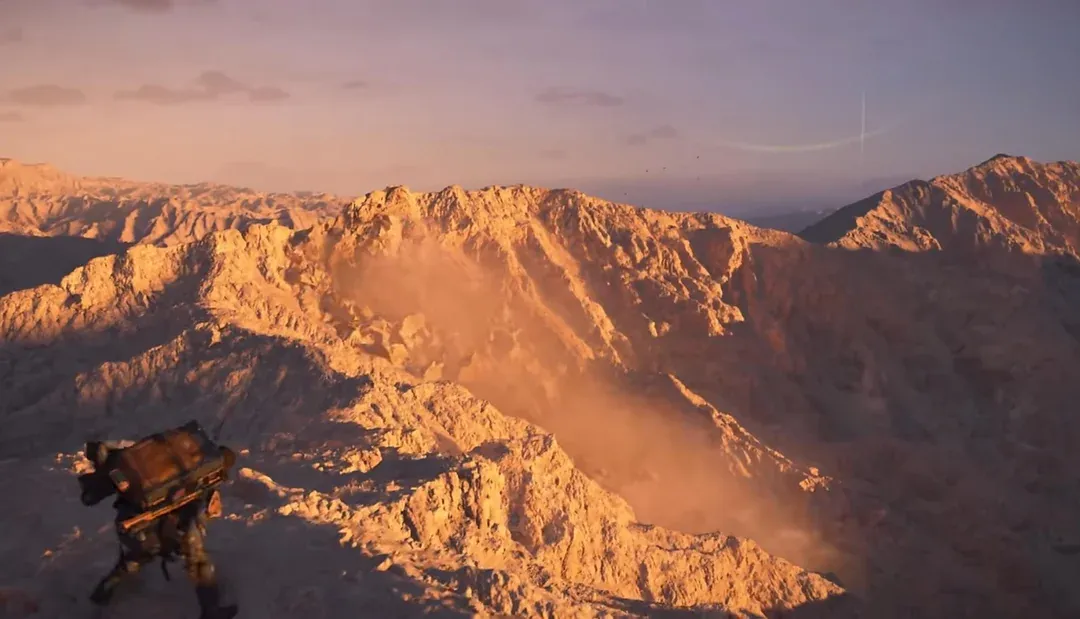Death Stranding 2 is Out
Kojima’s Death Stranding 2 is out, built on Guerrilla’s powerful Decima Engine with major tech upgrades like Epic’s MetaHuman. It pushes visual realism and dynamic worlds further, showcasing impressive custom engine work beyond just story and gameplay.

This week, Hideo Kojima’s latest game, Death Stranding 2, is finally out.
The first game? Kinda strange — but I loved it. There was something oddly compelling about being alone in a desolate world where the living and the dead coexist. Sure, the execution had its flaws, but the concept was bold, weird, and memorable. And judging by early reviews, it looks like Kojima managed to fix most of the issues from the original.
But honestly? What really excites me about Death Stranding 2 isn’t just the story or gameplay — it’s the technology behind it.
Decima Engine: The Underrated Star

Like the first game, DS2 is built on Guerrilla’s Decima Engine, an incredibly well-optimized engine for Sony platforms. Kojima Productions is one of the few external studios using it, and the story behind that partnership is well documented — but here’s the TL;DR:
When Kojima went independent, Sony backed his new studio and helped him shop around for the right tech. With Mark Cerny by his side, he toured several internal PlayStation studios. Guerrilla not only offered the Decima Engine, but gave it to him for free.
It was a brilliant move. Decima powers Horizon Zero Dawn and Forbidden West, both known for their stunning visuals and fluid performance — something that many more generalist or multiplatform engines struggle to balance. Of course, it helps to have top-tier devs and big budgets too.
Kojima’s Custom Touch
Kojima doesn’t just use Decima — he customizes the hell out of it.
In the first Death Stranding, his team added a bunch of cinematic upgrades: improved depth of field, more detailed foliage rendering, facial and eye animations, and an overhauled lighting system. Some of this was discussed at SIGGRAPH 2017, including the "Nubis" cloud simulation system, which later got fully implemented in the Forbidden West DLC.

For DS2, one of the most interesting updates is the integration of Epic’s MetaHuman tech — a huge deal. MetaHuman was originally exclusive to Unreal Engine 5, but Kojima Productions managed to bring it into Decima. That makes Decima one of the only engines outside Unreal to feature this tech — a testament to just how far Kojima’s team pushes their tools.

Visual Leap
Forbidden West already showcased stunning human models, but Death Stranding 2 pushes things even further — inching closer to the uncanny valley (in a good way). The level of realism is impressive, and it goes well beyond just character models.
The environments are far more interactive and dynamic: real-time terrain deformation from earthquakes, rain that forms actual runoff paths, and intense sandstorms that limit your visibility to just a couple of feet. Sam — your playable character — can lose his balance, get knocked around, and end up covered in dirt and grime, all rendered in beautiful, messy detail.
It’s a visually rich, immersive world that reacts to you — and that's where the Decima Engine truly shines.

No ray tracing yet (no RT shadows, reflections, or global illumination), but honestly, the results speak for themselves. DS2 looks like it will be one of the most visually impressive games on the PS5 — and hopefully soon, for PC gamers too.
Final Thought
Kojima’s storytelling may not be for everyone, but his commitment to innovation — both narratively and technically — is something I’ll always admire.
Death Stranding 2 might just be one of the best showcases of custom engine tech we’ve seen in a while.
And now, the song of the post:
🎧 "Minus Sixty One" by Woodkid —
This haunting track serves as the opening song for Death Stranding and features a fully interactive version in-game, where instruments are layered dynamically in real time, based on your actions and environment. A beautiful example of how Kojima blends music and gameplay into one fluid experience.